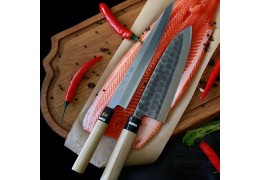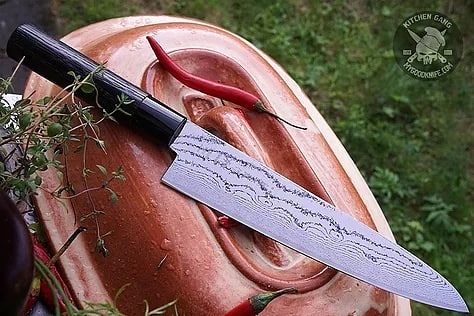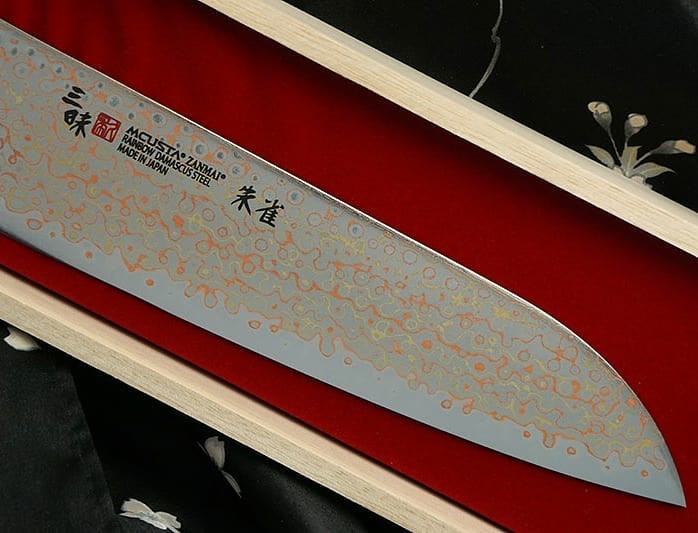Dear customers! Our online store is open 24/7. However, our services are closed for the Christmas holidays from...
Blog categories
Search in blog
Latest posts
-
 Christmas vacation 23.-28.12Read more
Christmas vacation 23.-28.12Read more -
 Paracord: What It Is and How to Use ItRead more
Paracord: What It Is and How to Use ItRead moreParacord is a durable and versatile cord widely used today in hiking and EDC. In this article, we'll explain what...
-
 Can You Give Knives as a Gift: Traditions, Superstitions, and AdviceRead more
Can You Give Knives as a Gift: Traditions, Superstitions, and AdviceRead moreA knife as a gift is a topic that in many cultures is accompanied by different beliefs and traditions. On the one...
-
 How to Sharpen Japanese Knives – A Complete Guide to Care and MaintenanceRead more
How to Sharpen Japanese Knives – A Complete Guide to Care and MaintenanceRead moreJapanese knives are different from Western kitchen knives and require special care. This is because Japanese kitchen...
-
 Delivery to USARead more
Delivery to USARead moreEMS delivery to USA is currently on hold. USA customers will be obligated to pay taxes upon parcel arriving. Customs...



